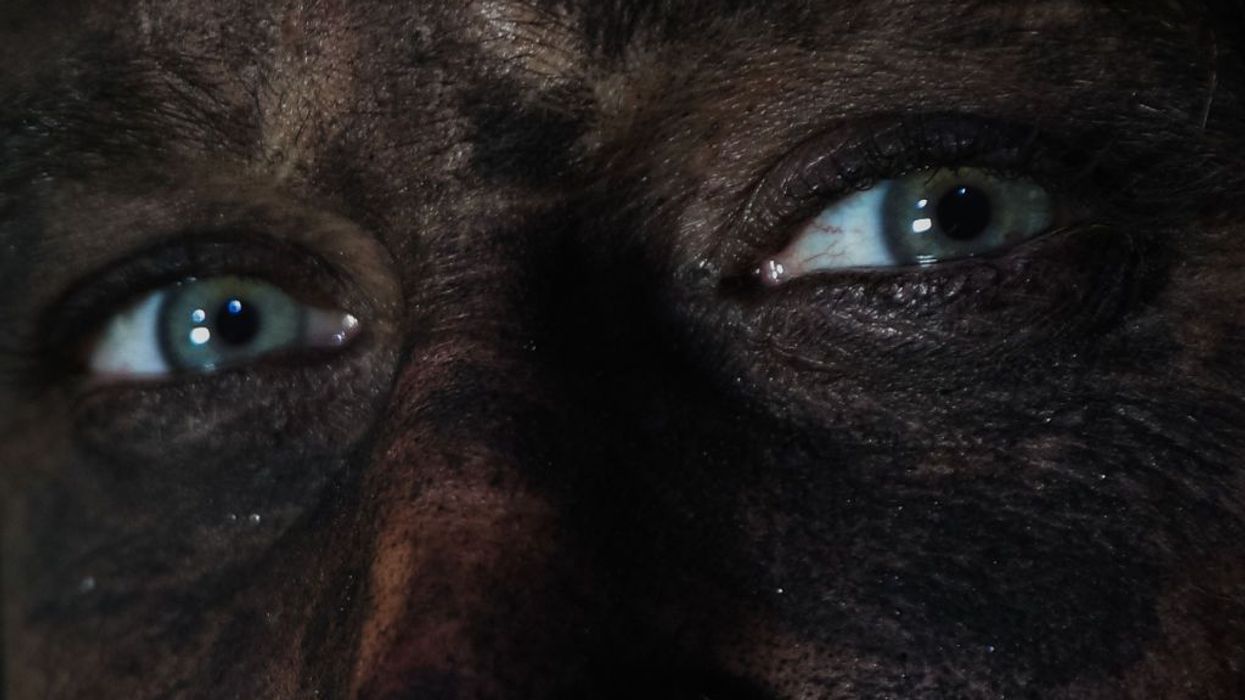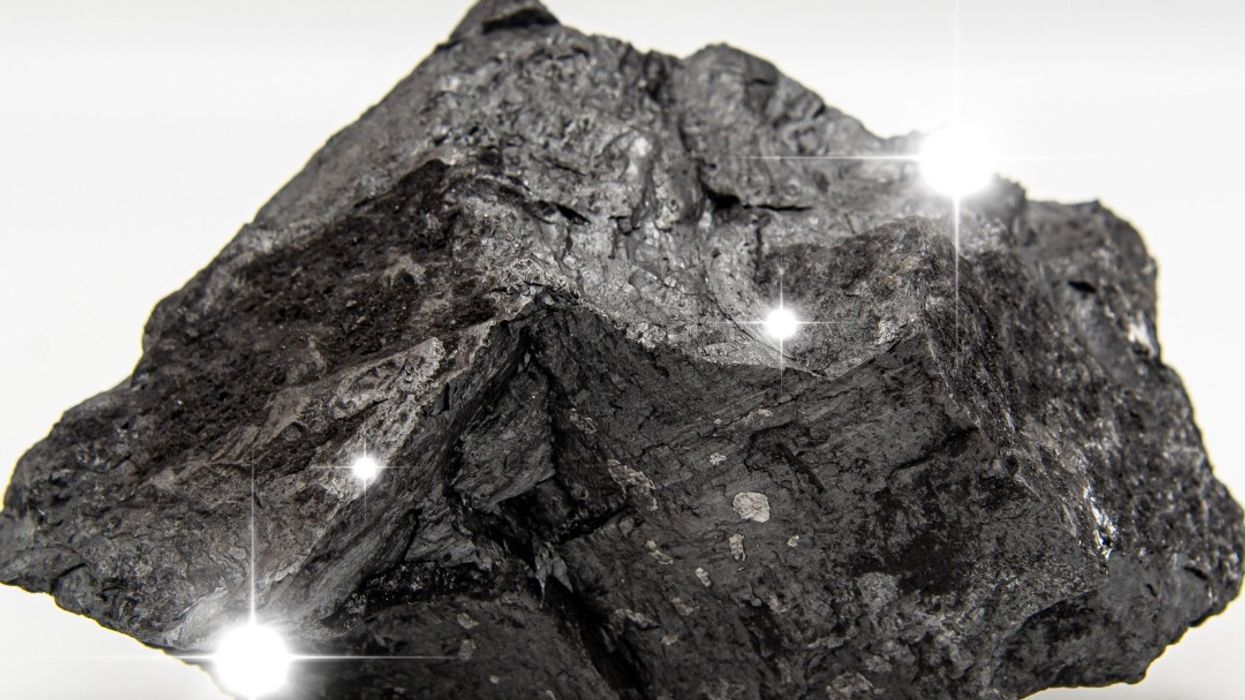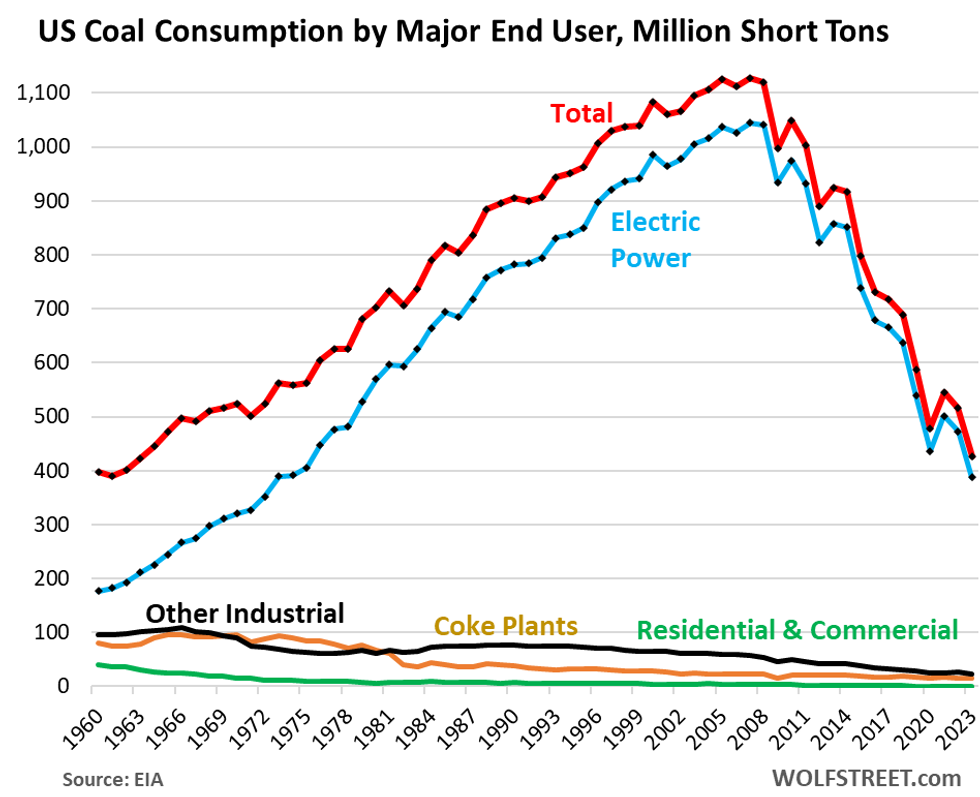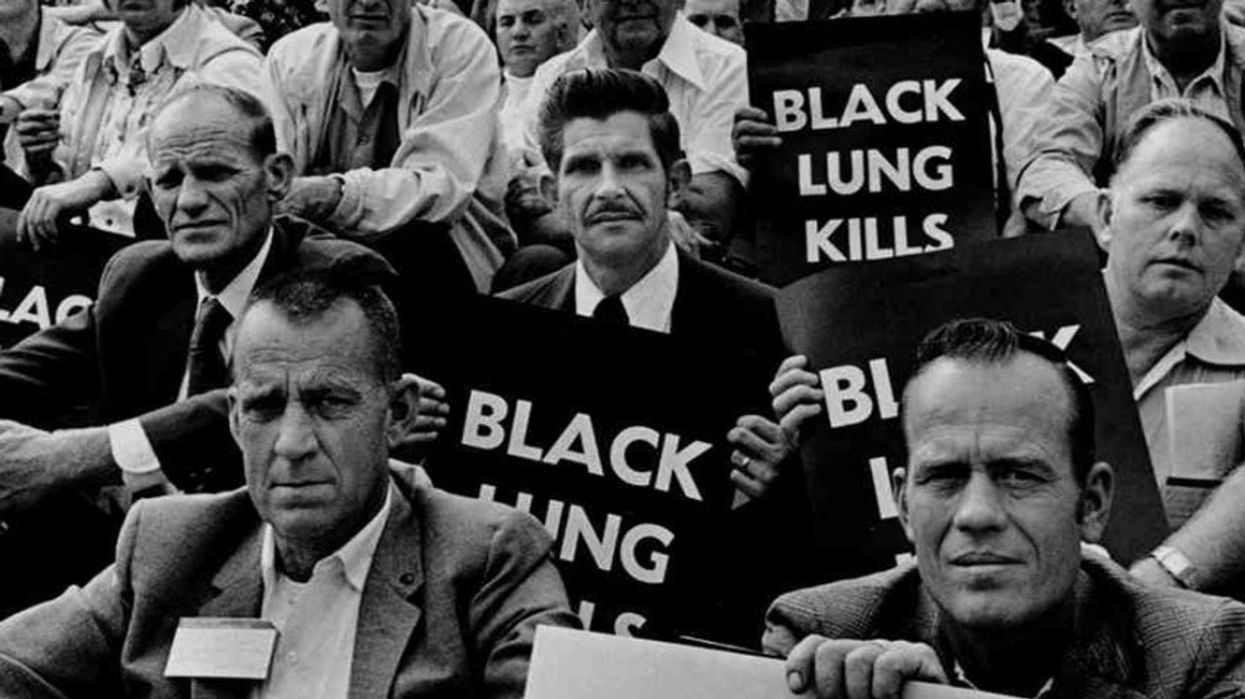As Trump Boosts Coal Industry, Black Lung Miners Say They've Been 'Cast Aside to Die'
“The Trump administration was handed tools to protect black lung and they are doing everything in their power to toss those rules in the trash,” said one campaigner ahead of a planned protest.
As the Trump administration moves ahead with a massive bailout for the coal industry as part of its "drill, baby, drill" pro-fossil fuel energy policy, miners suffering from black lung disease and their advocates are set for a Tuesday protest in Washington, DC to draw attention what they say is the government's failure to protect them.
Last month, the Department of Energy (DOE) announced a $625 million investment “to expand and reinvigorate America’s coal industry," despite the sedimentary rock being arguably the worst fossil fuel for both air pollution and the climate amid an ever-worsening planetary emergency. Burning coal for energy is the single largest contributor to planetary heating, accounting for over 40% of worldwide carbon dioxide emissions.
US Secretary of Energy Chris Wright said at the time that “beautiful, clean coal will be essential to powering America’s reindustrialization and winning the AI race," as generative artificial intelligence requires stupendous amounts of energy.
“The companies might be getting a handout, but the miners ain’t getting none."
The DOE's announcement followed the Mine Safety and Health Administration's (MSHA) blocking of a rule it finalized during the Biden administration to protect coal and other miners from silica dust, prolonged exposure to which causes black lung disease, which is formally called coal worker's pneumoconiosis.
The inhaled coal dust triggers chronic inflammation, causing scarring of lung tissue, reduced lung elasticity, and impaired oxygen flow. Lung and heart failure, infections including pneumonia, lung cancer, and other illnesses cause a slow and painful death. The disease is irreversible and there is no cure. According to the American Lung Association, "an estimated 16% of coal workers are affected" by black lung disease in the US, "and after decades of improvement, the number of cases of black lung disease is on the rise again."
As Trey Pollard of Appalachian Citizens' Law Center explained in an email Monday:
The rule was supposed to go into effect in April 2025. But instead MSHA blocked the rule, blaming mass layoffs at the [National Institute for Occupational Safety and Health] conducted by Secretary of Health and Human Services Robert F. Kennedy Jr. The mining industry also took the rule to court, where the 8th Circuit Court of Appeals put an indefinite pause of the rule after the administration failed to oppose the industry’s request. The next court update is scheduled for mid-October, a full six months after the rule’s planned enforcement date.
"Every day of delayed enforcement increases miners’ exposure to silica and their risk of black lung disease," Pollard added. "On October 14, miners, their families, and their supporters will gather in front of the Department of Labor to demand the administration fight to preserve the silica rule and to call for an end to the delays."
TOMORROW: Support miners rallying in DC outside the #USDOL!The longer the Trump admin waits, the more miners will get #blacklung. We must act now. ⛏️✊ Rally info here: loom.ly/xsY-jGE OR watch our instagram livestream w/ @appcitizenslaw.bsky.social
[image or embed]
— The BlueGreen Alliance (@bluegreenalliance.bsky.social) October 13, 2025 at 1:32 PM
The Washington, DC demonstration is being organized by the National Black Lung Association, with support from the United Mine Workers of America, Fayette County Black Lung Association, Kanawha County Black Lung Association, Wyoming County Black Lung Association, Virginia Black Lung Association Chapter 1, Virginia Black Lung Association Chapter 2, the Alliance for Appalachia, Appalachian Voices, Appalachian Citizens’ Law Center, and the BlueGreen Alliance.
“The Trump administration was handed tools to protect black lung and they are doing everything in their power to toss those rules in the trash,” BlueGreen Alliance executive director Jason Walsh told The New York Times' Lisa Friedman Monday.
Friedman interviewed miners suffering from black lung disease who said they felt abandoned by Trump, despite their support being a significant factor in his reelection.
“The companies might be getting a handout, but the miners ain’t getting none,” said 71-year-old National Black Lung Association president and retired miner Gary Hairston, who has been living with the disease since he was in his 40s.
Judith Riffe, whose husband Bernard died in March of complications from black lung disease after more than 40 years of work in West Virginia coal mines, told Friedman she wishes that the Trump administration would fight for miners as vigorously as it does for fossil fuel companies.
“Sure, they talk about how much they care about coal but come down here and look," Riffe said. “They’re mining a lot more now, the coal trucks and everything are running, but there’s no benefits for the coal miners coming in."
“The coal miners have supplied this country with electricity," she added, "and now they’re just cast aside to die.”



